We use cookies to help provide you with the best possible online experience.
By using this site, you agree that we may store and access cookies on your device. Cookie policy.
Cookie settings.
Functional Cookies
Functional Cookies are enabled by default at all times so that we can save your preferences for cookie settings and ensure site works and delivers best experience.
3rd Party Cookies
This website uses Google Analytics to collect anonymous information such as the number of visitors to the site, and the most popular pages.
Keeping this cookie enabled helps us to improve our website.
BMI Calculator
Use the BMI calculator to find out if you or your child's weight is healthy.
A body mass index (BMI) above the healthy weight range or too much fat around your waist can increase your risk of serious health problems, like heart disease, type 2 diabetes, stroke and certain cancers.
Your BMI result explained.
Underweight
Being underweight could be a sign that you're not eating enough or that you may be ill. If you're underweight, your GP can help. Find out more in underweight adults.
Healthy weight
Keep up the good work. For tips on maintaining a healthy weight, check out our food and diet and fitness sections.
Overweight
The best way to lose weight is through a combination of diet and exercise. The BMI calculator will give you a personal calorie allowance to help you achieve a healthy weight safely.
Obese
The best way to lose weight is through a combination of diet and exercise and in some cases medication. Contact your GP for help and advice.
Ethnicity and diabetes risk
Black, Asian and other minority ethnic groups (BMEs) have a higher risk of developing some chronic conditions, such as type 2 diabetes.
BME adults with a:
- BMI of 23 or more are at increased risk
- BMI of 27.5 or more are at high risk
Why waist size matters
Measuring your waist is a good way to check you're not carrying too much fat around your stomach, which can raise your risk of heart disease, type 2 diabetes and stroke.
You can have a healthy BMI and still have excess tummy fat – meaning you're still at risk of developing these diseases.
To measure your waist:
- find the bottom of your ribs and the top of your hips
- wrap a tape measure around your waist midway between these points
- breathe out naturally before taking the measurement
Regardless of your height or BMI, you should try to lose weight if your waist is:
- 94cm (37ins) or more (men)
- 80cm (31.5ins) or more (women)
You are at very high risk and you should contact your GP if your waist is:
- 102cm (40ins) or more (men)
- 88cm (34ins) or more (women)
Children's BMI
For children and young people aged two to 18, the BMI calculator takes into account age and gender as well as height and weight.
Obese children are thought to be at increased risk of a variety of health conditions, and they're also more likely to be overweight or obese as adults.
The BMI calculator works out if a child or young person is:
- underweight: on the 2nd centile or below. If you're concerned about your child's weight, see your GP. Find out more in underweight children
- healthy weight: between the 2nd and 91st centiles
- overweight: 91st centile or above. Get tips on how to encourage your child to be more active and eat well
- obese: 98th centile or above. If you're concerned about your child's weight, see your GP. Find out more in very overweight children
A child's BMI is expressed as a "centile" to show how their BMI compares to children who took part in national surveys. For example, a girl on the 75th centile is heavier than 75 out of 100 other girls her age.
Measuring waist size is not routinely advised for children because it doesn't take their height into account.
If you're concerned about your child's weight, contact your GP who may be able to refer you to your local healthy lifestyle programme for children, young people and families.
Limitations of the BMI
Your BMI can tell you if you're carrying too much weight but it can't tell if you're carrying too much fat. The BMI can't tell the difference between excess fat, muscle, or bone.
The adult BMI does not take into account age, gender or muscle mass. This means that:
- very muscular adults and athletes may be classed "overweight" or "obese" even though their body fat is low
- adults who lose muscle as they get older may fall in the "healthy weight" range even though they may be carrying excess fat
However, the BMI is a relatively straightforward and convenient method of assessing someone's weight.
Your can use your BMI result as a starting point for further discussion with your GP about your weight and your general health.
Find out more in How your GP can help and check out the Change4Life website for practical tips on staying healthy as a family.
If you're suffering from an eating disorder, the BMI calculator results do not apply. Please seek further advice from your GP.



